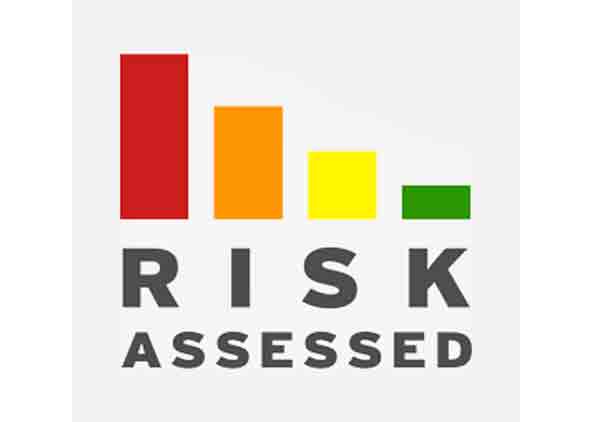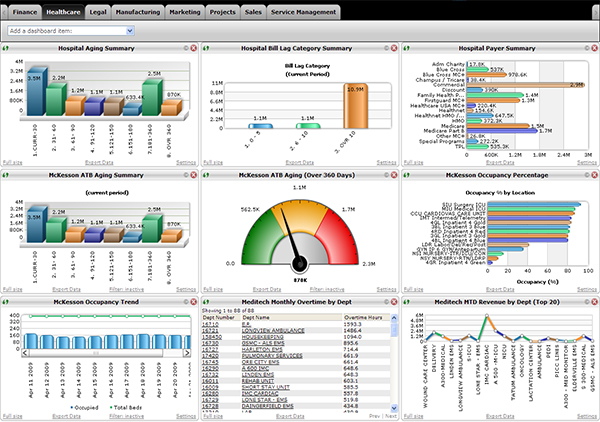Cloud computing is unquestionably changing the landscape of how traditional enterprise software is being licensed and implemented. Enabling ERP functionality into service-based, on-demand workloads is not only transformingtime toimplement, but the economics is dramatically changing where much of the costs are spread over longer periods of time rather than large upfront costs. This can be a tremendous benefit to organizations. Additionally, although there are security, compliance, and privacy considerations, moving critical applications to industry leading data centers can help improve organizations business continuity, disaster recovery, performance and scalability capabilities.

The Role of Big Data Analytics
The application for Big Data is extending into many different areas. ERP is no exception.However, with any analytics initiative, it’s important to understand the underlying performance and trending metrics the organization is focused on capturing. From there, they can better align their big data programs and be better positioned to improve their ERP process and system changes.
Fostering Innovation
Firstly, organizations need to determine how they want to foster innovation. What are the areas they are lagging behind in? How can they improve their go-to-market services, differentiate themselves, and improve their competitive advantages? Once those business models are identified, they can look to ERP to see how it can support these new processes.
For example, here at Hitachi Solutions, we are changing business models to support the continuing shift towards cloud computing. This new model requires changes in ERP to support areas such as subscription based billingand new customer support services. We are adopting and driving new functionality in our enterprise systems to support our evolving capabilities.
The Rising Technologies
I encourage organization’s to first look at what business improvements they need and are willing to make. This can be in the form of process improvements, customer experiences, organizational communication, and collaboration. From there, specific technologies, whether in be in the areas of financial management, trade and logistics, relationship management, customer service, social, or mobility can be leveraged and implemented.
The Changing Role of CIOs
My experience as a CIO as well as working with other CIOs is that business value has to take center stage to an organization’s continuous improvement. Technology moves quickly and there is a lot of it to choose from. Understand the organization challenges and associated opportunities, develop business stakeholder commitment, take time to understand process, the people, and company priorities.
As a modern day CIO it is important to continue developing both my business and technical acumen. Of the two, I find the business and people skills are critical to influencing transformation and driving fundamental improvement. Technical acumen is still very important and I recommend continuing to evolve these skills even if the focus is wider across a broader set of areas versus deeper in one specific technology.
Curbing the Cost Exigency
There are varieties of ways to help mitigate the cost of ERP. Licensing is clearly a big component to the overall expense of running enterprise software. It is important to regularly assess appropriate licensing. When possible, try to limit intrusive customizations that add complexity, more maintenance, and risk upgradeability. These all contribute to increased costs. A move to cloud services can also help reduce costs, however this is not always the case. It depends on which cloud services are leveraged. Moving to a full-fledged SaaS solution eliminates the need for expensive hardware that is compounded when running dev, test, and production environments. However, using IaaS to simply move on-premise servers to cloud servers becomes a little trickier when analyzing costs. It may not be cheaper, but dollar for dollar you will likely experience more value when running in the cloud. This value comes in ease of scalability, ability to dial-up and down performance, improve disaster recovery and business continuity through geo redundancy.
The IoT Factor
IoT as it relates to ERP will have different meaning to different organizations. I think where there is commonality is in IoT’s ability to provide real time, intelligent connectivity to backend processes that can drive proactive process improvements.
Driving the Values
Driving more value out of ERP doesn’t always require technology changes. I encourage our customers to frequently take inventory of how well their user education is, pay attention to change management, prioritize business enhancements, and where possible, drive more process consistency and standardization. Improvements in these areas alone will drive more value out of ERP.
Author: Mark Veronda, CIO – Global Solutions Group, Hitachi Solutions America, Ltd








